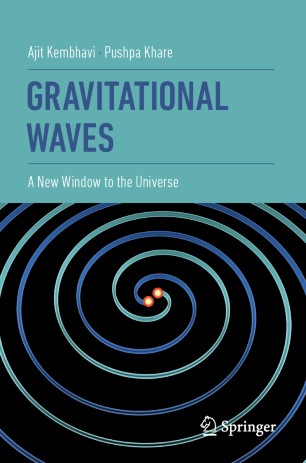

Most ebook files are in PDF format, so you can easily read them using various software such as Foxit Reader or directly on the Google Chrome browser.
Some ebook files are released by publishers in other formats such as .awz, .mobi, .epub, .fb2, etc. You may need to install specific software to read these formats on mobile/PC, such as Calibre.
Please read the tutorial at this link: https://ebookbell.com/faq
We offer FREE conversion to the popular formats you request; however, this may take some time. Therefore, right after payment, please email us, and we will try to provide the service as quickly as possible.
For some exceptional file formats or broken links (if any), please refrain from opening any disputes. Instead, email us first, and we will try to assist within a maximum of 6 hours.
EbookBell Team

4.0
96 reviewsGravitational waves were first predicted by Albert Einstein in 1916, a year after the development of his new theory of gravitation known as the general theory of relativity. This theory established gravitation as the curvature of space-time produced by matter and energy. To be discernible even to the most sensitive instruments on Earth, the waves have to be produced by immensely massive objects like black holes and neutron stars which are rotating around each other, or in the extreme situations which prevail in the very early ages of the Universe. This book presents the story of the prediction of gravitational waves by Albert Einstein, the early attempts to detect the waves, the development of the LIGO detector, the first detection in 2016, the subsequent detections and their implications. All concepts are described in some detail, without the use of any mathematics and advanced physics which are needed for a full understanding of the subject. The book also contains description of electromagnetism, Einstein’s special theory and general theory of relativity, white dwarfs, neutron stars and black holes and other concepts which are needed for understanding gravitational waves and their effects. Also described are the LIGO detectors and the cutting edge technology that goes into building them, and the extremely accurate measurements that are needed to detect gravitational waves. The book covers these ideas in a simple and lucid fashion which should be accessible to all interested readers. The first detection of gravitational waves was given a lot of space in the print and electronic media. So, the curiosity of the non-technical audience has been aroused about what gravitational waves really are and why they are so important. This book seeks to answer such questions.